Poker, often dubbed a game of skill and chance, is revered for its complex strategies and psychological nuances. At the heart of these strategies lies the art of bluffing, a technique that separates novices from seasoned players. Bluffing is not merely about playing a weak hand as strong but involves a deep understanding of human behavior and strategic manipulation. This article delves into the intricacies of bluffing in poker, exploring the craft behind maintaining a poker face and the psychological underpinnings of strategic deception.
The Craft Behind the Poker Face: Mastering Bluffing
Bluffing in poker is an art form that requires not only skill but also an acute sense of timing and intuition. The essence of a successful bluff lies in convincing your opponents that your hand is stronger than it truly is. This deception is achieved through a combination of body language, betting patterns, and psychological manipulation. A player must maintain a stoic demeanor, often referred to as a “poker face,” to avoid giving away any tells—subtle cues that reveal the strength of their hand.
The mastery of the poker face is a critical component of bluffing. It involves controlling facial expressions, posture, and even speech to prevent opponents from gaining any insights into one’s hand. Players often employ tactics such as maintaining steady eye contact, adopting relaxed body language, or using reverse psychology to mislead their competitors. The ability to mask emotions and avoid involuntary reactions during critical moments is what sets expert bluffers apart from the rest.
In addition to mastering the poker face, successful bluffing requires strategic thinking and the ability to read opponents. Understanding the tendencies and playing styles of other players at the table is crucial. A skilled bluffer knows when to exploit an opponent’s weaknesses, using the element of surprise to their advantage. This involves carefully observing how competitors react in various situations and adjusting their own strategies accordingly. It is this intricate blend of psychology and strategy that makes bluffing a fascinating and essential aspect of poker.
Strategic Deception: The Psychology of Poker Bluffs
The psychology of poker bluffs delves deep into understanding human behavior and exploiting it to one’s advantage. At its core, bluffing is about creating an illusion that can manipulate an opponent’s decision-making process. This involves a keen awareness of how people perceive risk and reward, as well as understanding the mental states of the players involved. Skilled bluffers tap into these psychological aspects to induce doubt or fear in their opponents, often leading them to make irrational decisions.
One of the key psychological elements of bluffing is the concept of “representing” a hand. This strategy involves conveying a narrative through betting patterns and behavior that suggests a strong hand, even when the opposite is true. The ability to tell a convincing story at the poker table can compel opponents to fold superior hands out of caution or hesitation. This psychological manipulation relies heavily on the bluffer’s ability to gauge the mental state of their opponents, playing on their insecurities and uncertainties.
Moreover, the psychology of poker bluffs is deeply intertwined with the concept of risk management. Successful bluffers understand the delicate balance between risk and reward, choosing their moments to bluff with precision. They are adept at assessing the potential payoff of a successful bluff against the likelihood of being called out. This calculated approach requires a thorough understanding of the game’s dynamics, as well as the ability to anticipate and exploit the psychological vulnerabilities of other players. Understanding these psychological nuances is vital for anyone aspiring to master the art of deception in poker.
In the world of poker, bluffing is not just a tactic but an essential skill that elevates the game to a psychological battlefield. The art of deception, embodied in the poker face and strategic bluffing, requires a combination of psychological insight, strategic thinking, and flawless execution. As much as it is about deceiving others, bluffing is also about self-control and the ability to maintain composure under pressure. Whether you’re a novice eager to learn or a seasoned player looking to refine your skills, understanding the intricacies of bluffing can significantly enhance your poker prowess and open doors to new strategic possibilities.

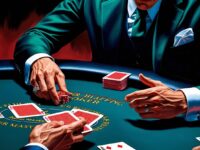


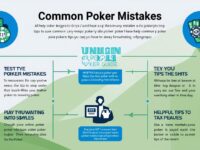
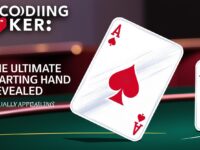

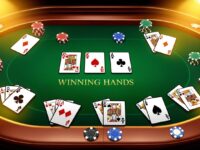
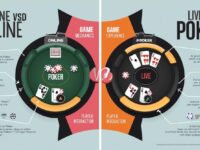
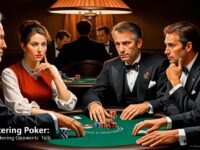

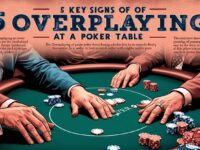
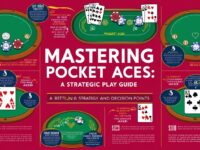
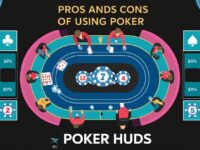




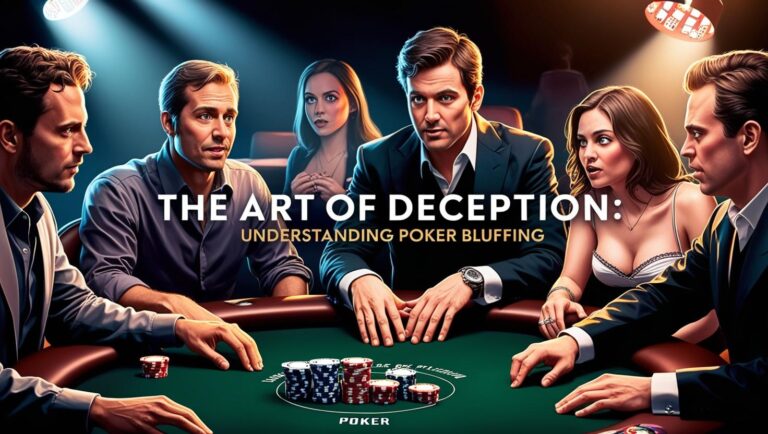
0 Comments